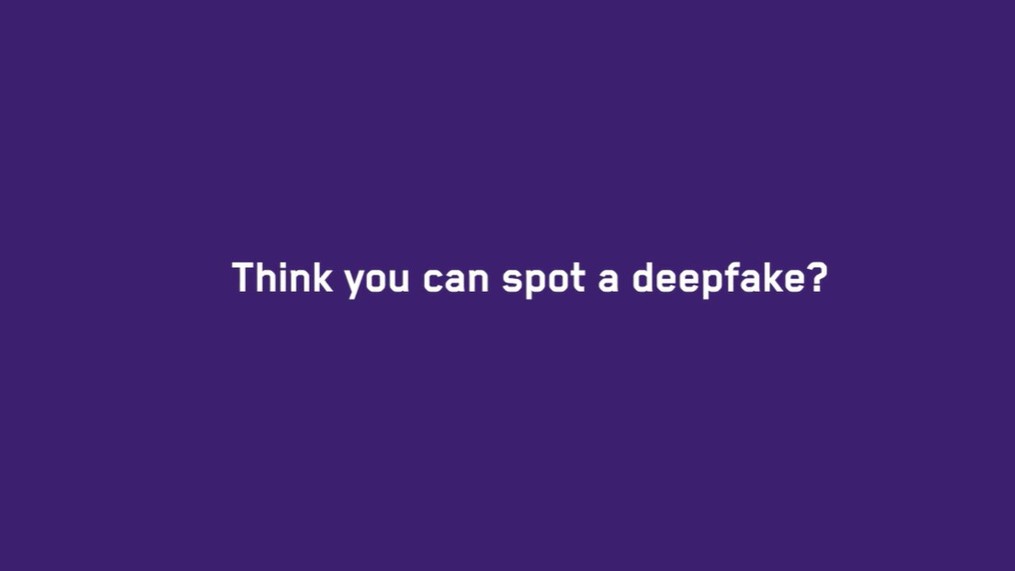Deepfakes are driving a new wave of fraud, targeting both consumers and businesses.
In 2024, fake Elon Musk crypto videos contributed to $12 billion in U.S. financial losses and fraudsters using an AI deepfake video call to manipulate an employee were able to redirect $25 million to a cyber criminal.
These attacks used both psychological manipulation and deepfake technology to gain individual’s trust and confidence. To test this ourselves we created a deepfake video of Ben Maidment, our Global Head of Cyber, Privacy and Technology.
The following video was created with just ten minutes of film.

As you can see from our video deepfakes are now worryingly realistic and as we found, fairly simple to create – requiring minimal tools for generation. This in combination with readily accessible high quality imagery means that creating a deepfake is not significantly complicated.
From a cyber security perspective this can present an increased risk of:
- bypassing security controls
- fraud and theft
- social engineering attacks
To mitigate these risks, organizations need to ensure they are investing in the following areas:
- Education and awareness training – making sure employees understand how challenging it is to detect deepfakes. Making sure that if even sightly in doubt they verify using alternative communication mediums.
- Technical controls – implementing the principle of least privilege (making sure employees only have access to what they need), two touch approvals for transactions, and other critical business processes.
To learn more about how cyber insurance can help safeguard businesses against emerging risks such as deepfakes, explore our cyber expertise here.

